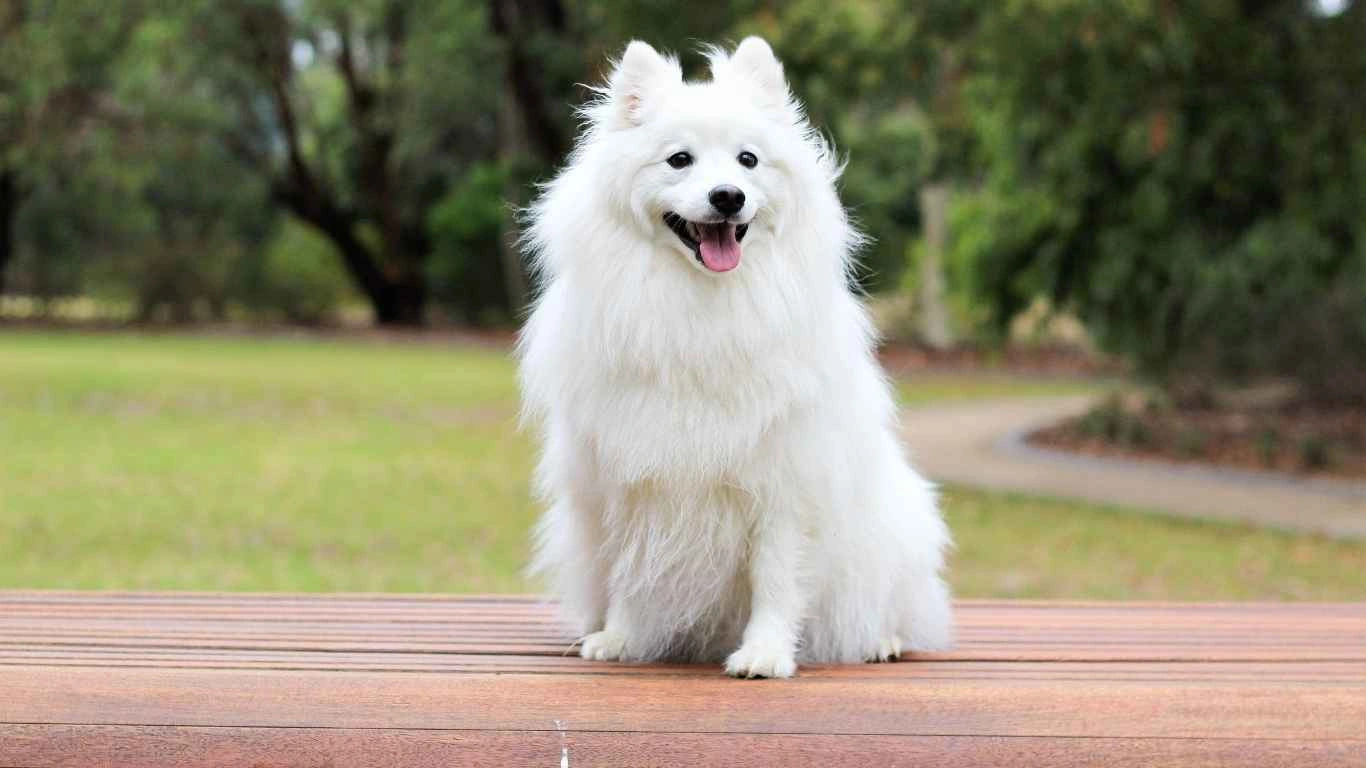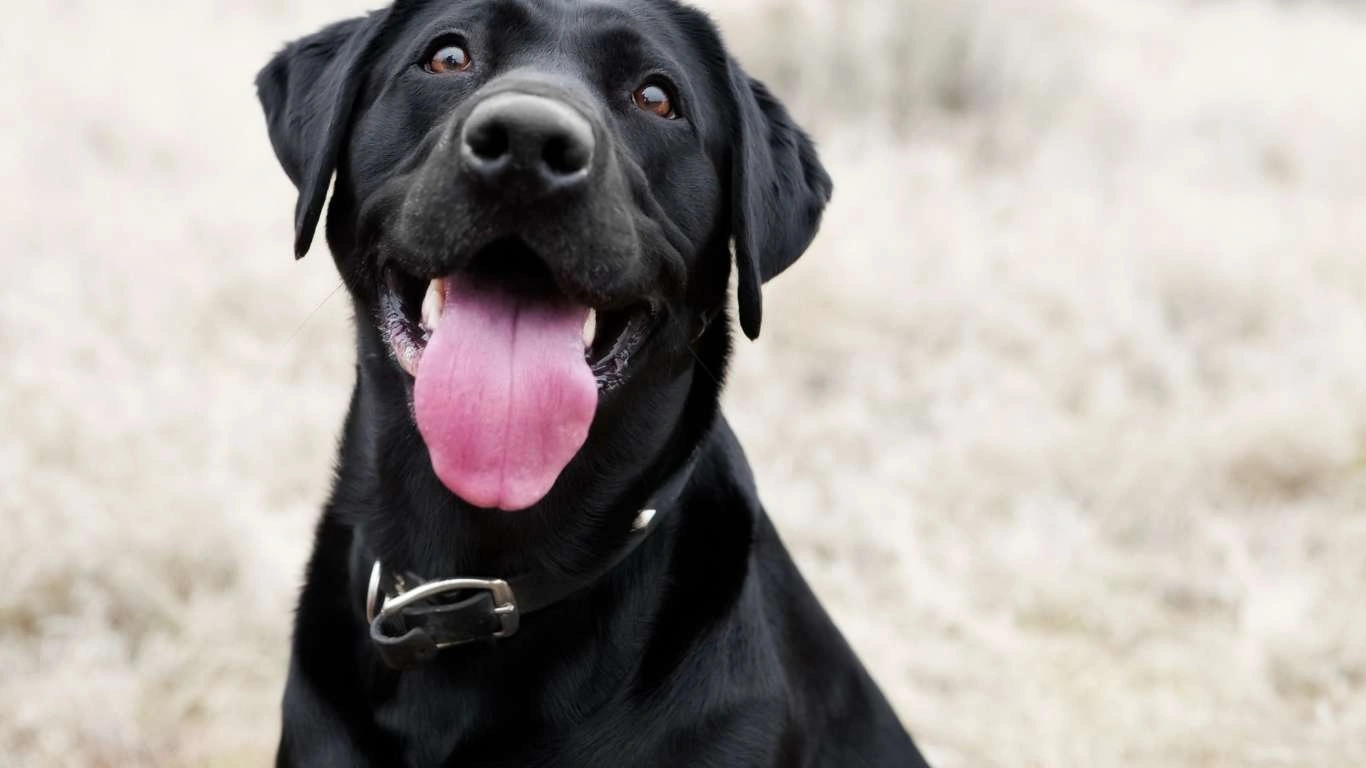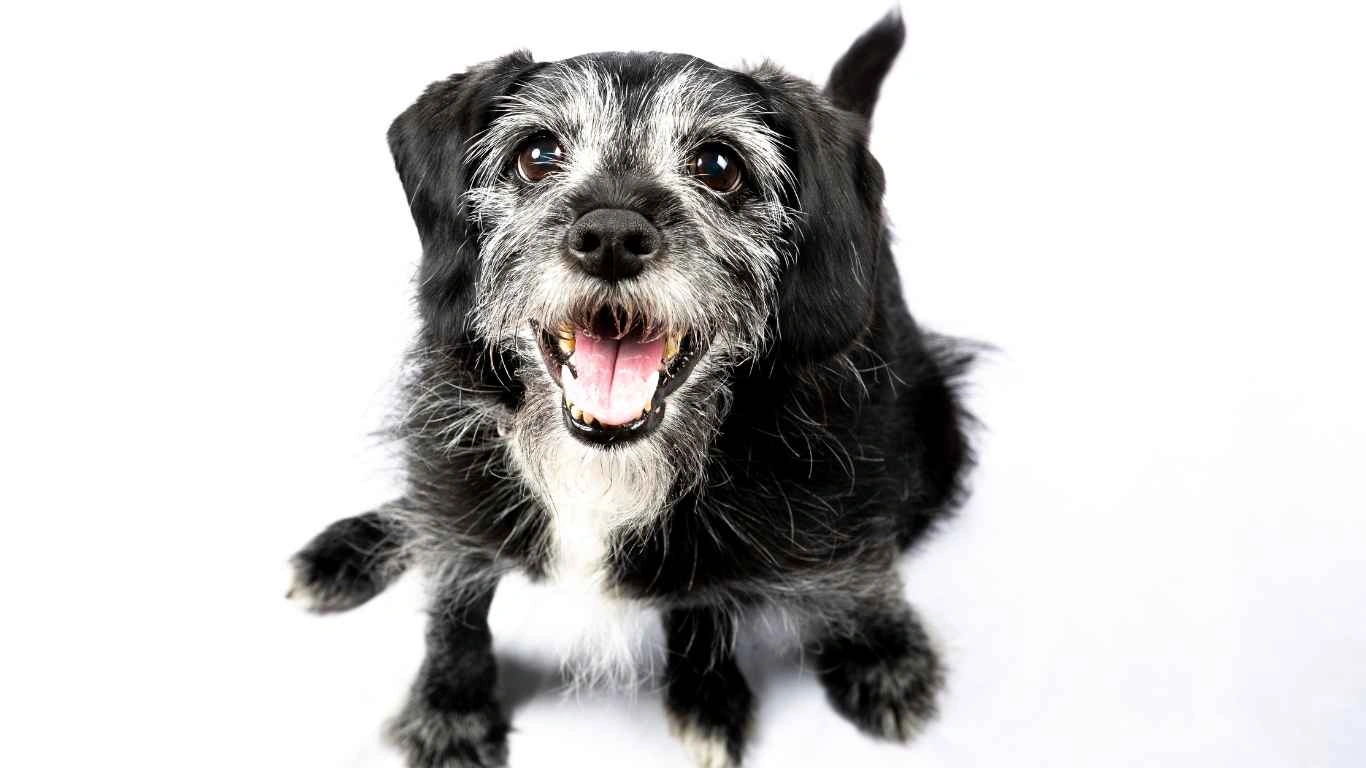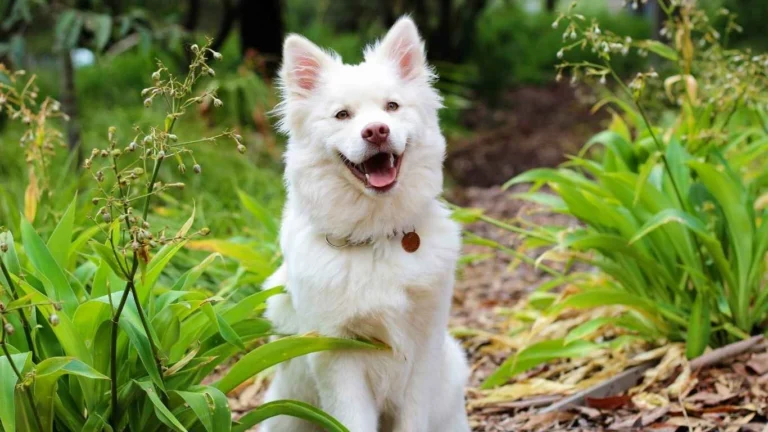Can dogs eat celery and peanut butter safely? Benefits and Risks
As someone who’s spent years working closely with animals as an Animal Care Specialist in shelters and clinics, I often get asked, “Can dogs eat celery and peanut butter?” It’s a question that pops up more than you’d think. Dogs are curious creatures and love to try new snacks, especially when they see their humans munching on something crunchy or sweet. But before you toss them a piece of celery or a dollop of peanut butter, it’s important to understand how these foods affect our furry friends. From my hands-on experience, I can tell you that knowing what’s safe and what’s not can make a big difference in keeping your dog happy and healthy.
Are Celery and Peanut Butter Safe for Dogs?

Let’s start with the basics: both celery and peanut butter are generally safe for dogs to eat, but with some important caveats. Celery is a low-calorie, crunchy veggie packed with fiber and vitamins like A, C, and K. It can actually be a refreshing treat for dogs, especially in hot weather, because it contains a lot of water and helps with hydration.
Peanut butter, on the other hand, is a popular favorite among dog owners (myself included). Most dogs absolutely love the taste and creamy texture. It’s a good source of protein and healthy fats, which can be beneficial in moderation. However, not all peanut butters are created equal—some brands add sugar, salt, or even xylitol, which is toxic to dogs.
What I’ve Seen in the Clinic
During my time at the shelter, I’ve observed dogs eagerly gobbling up peanut butter treats during training sessions or for administering medicine. It’s a fantastic motivator! But I’ve also witnessed a few cases where dogs had tummy upsets after eating too much peanut butter or ingesting a type with harmful additives. Celery, on the other hand, usually causes little to no issues—though some dogs find it a bit tough to chew, especially smaller breeds.
Health Benefits of Celery and Peanut Butter for Dogs

Celery: The Crunchy Hydrator
- Low in Calories: Great for dogs on a diet or those prone to weight gain.
- Rich in Fiber: Supports digestive health and helps keep the gut moving smoothly.
- Vitamins and Minerals: Contains vitamins A, C, and K, which contribute to overall wellness and immune function.
- Freshens Breath: Chewing celery can help scrape away plaque, acting like a natural toothbrush.
Peanut Butter: The Yummy Protein Boost
- Protein and Healthy Fats: Supports muscle development and energy.
- Vitamin E and B Vitamins: Aid in skin health and metabolism.
- Easy to Use for Training: As a high-value treat, it encourages good behavior and quick learning.
That said, not every dog will react the same way to these treats. Some might be allergic to peanuts or have sensitive stomachs. I always advise fellow pet owners to introduce new foods slowly and watch for any adverse reactions.
Risks and Precautions When Feeding Celery and Peanut Butter to Dogs

While celery and peanut butter are mostly safe treats, it’s important to be aware of the risks that can sneak up if you’re not careful. Over the years, working with shelter dogs and pet clinic patients, I’ve learned that even the healthiest snacks can cause issues if given in the wrong way or in excess.
Watch Out for Choking Hazards with Celery
Celery’s crunchy texture makes it fun for dogs to chew, but it can be a bit tough on smaller breeds or older dogs with dental issues. I remember a little terrier at the shelter who tried to swallow a big chunk of celery whole—luckily, we caught it in time, but it was a scary moment. To avoid this, always chop celery into small, manageable pieces that your dog can chew safely. This not only prevents choking but also makes digestion easier.
Peanut Butter Pitfalls: The Hidden Ingredients
Peanut butter can be a fantastic treat, but here’s the catch—some brands sneak in additives that are harmful to dogs. The biggest culprit? Xylitol. This sugar substitute is deadly to dogs even in tiny amounts. When buying peanut butter for your pup, always check the label carefully. Opt for natural, unsweetened peanut butter with no added salt or sugars.
Another thing I’ve noticed during vet check-ups is that too much peanut butter can cause weight gain or digestive upset, especially if your dog is prone to pancreatitis or has a sensitive stomach. Moderation is key, just like with any treat.
How to Safely Introduce Celery and Peanut Butter into Your Dog’s Diet

Start Small and Observe
Introducing any new food should be done slowly and with care. I usually recommend giving a tiny piece of celery or a pea-sized dab of peanut butter first. Then, watch your dog for 24 to 48 hours to see if there are any signs of allergies or digestive issues like vomiting, diarrhea, or itching.
Use as Occasional Treats, Not Meal Replacements
Neither celery nor peanut butter should replace a balanced dog diet. Think of them as little bonuses to your dog’s regular meals. I like to use peanut butter as a reward during training or to hide medications, and celery as a crunchy snack on warm days or after exercise.
DIY Treat Ideas with Celery and Peanut Butter
Here are a few fun ways I’ve made these treats more exciting for dogs:
- Peanut Butter-Stuffed Celery: Fill small celery sticks with a thin layer of peanut butter for a crunchy, creamy combo.
- Frozen Peanut Butter Bites: Spoon peanut butter into ice cube trays, freeze, and serve on hot days as a cooling treat.
- Celery and Peanut Butter Mix: Blend finely chopped celery with a little peanut butter and plain yogurt for a tasty, healthy snack.
These treats have been crowd-pleasers at the shelter, and it’s always heartwarming to see dogs eagerly wagging their tails, enjoying something healthy and homemade.
When to Avoid Celery and Peanut Butter for Your Dog

While most dogs handle celery and peanut butter well, there are certain situations where you should skip these treats altogether:
Dogs with Allergies or Sensitivities
If your dog has a history of food allergies or sensitive skin, it’s wise to check with your vet before introducing new foods. Some dogs can develop peanut allergies, just like humans. Symptoms may include itching, swelling, or gastrointestinal upset.
Health Conditions That Require Caution
- Pancreatitis: Because peanut butter is high in fat, dogs with pancreatitis should avoid it.
- Obesity: Both celery and peanut butter should be limited in overweight dogs to prevent further weight gain.
- Dental Problems: Hard celery might be tough for dogs with dental issues or missing teeth.
Based on my experience, when in doubt, a quick chat with your veterinarian is always the safest bet. They can provide personalized advice tailored to your dog’s unique needs.
Balancing Treats Like Celery and Peanut Butter in Your Dog’s Diet

After spending years in animal care, I can’t stress enough how important balance is when it comes to feeding our dogs. Sure, celery and peanut butter can be great snacks, but they should always complement a well-rounded, vet-approved diet. From what I’ve seen in clinics and shelters, dogs thrive best when their meals are nutritionally complete and treats are given thoughtfully—not as a main event.
One thing I often share with pet parents is to treat celery and peanut butter like “bonus” foods—little surprises that add variety and fun without tipping the nutritional scales. It’s tempting to give generous portions, especially when your dog’s eyes light up at the sight of peanut butter, but trust me, moderation is your best friend here. Overdoing peanut butter can lead to unwanted weight gain or digestive issues, while too much celery might upset sensitive stomachs or cause choking risks if not prepared properly.
My Go-To Tips for Treating Responsibly
- Use Treats as Rewards: I’ve found that peanut butter works wonders during training. A small smear on a lick mat or inside a Kong toy keeps dogs engaged and happy.
- Mix Up the Treats: Don’t rely on just one treat. Rotate celery, peanut butter, and other safe snacks to keep things interesting and nutritionally diverse.
- Consider Your Dog’s Size and Health: Smaller breeds need much smaller servings, and dogs with health issues might require special care when introducing any new food.
Signs to Watch For After Feeding Celery and Peanut Butter

As much as I love sharing new treat ideas, it’s important to stay alert to any signs that your dog might not be tolerating celery or peanut butter well. In my experience, early detection makes all the difference in preventing serious problems.
Common Reactions to Keep an Eye On
- Gastrointestinal Upset: Vomiting, diarrhea, or excessive gas could indicate your dog isn’t digesting the snack well.
- Allergic Reactions: Look out for itching, swelling (especially around the face), or hives. These symptoms call for immediate vet attention.
- Changes in Behavior: If your usually energetic dog becomes lethargic or seems uncomfortable after eating, it’s worth checking in with your vet.
When I’ve seen dogs react negatively, a quick call or visit to the vet helps rule out serious issues like pancreatitis or allergies. Remember, what’s safe for one dog may not be safe for another, so personal vigilance is key.
Wrapping Up: Can Dogs Eat Celery and Peanut Butter?
So, circling back to the big question: can dogs eat celery and peanut butter? Absolutely—when done right. Both can be nutritious, enjoyable treats that add some fun and variety to your dog’s diet. The trick is knowing how to prepare and serve them safely, watching for any adverse reactions, and always keeping portion control in mind.
From my years on the front lines with pets of all sizes and temperaments, I can tell you that every dog is unique. The best approach is one rooted in observation, moderation, and, when necessary, professional advice. Treat your pup thoughtfully, and those crunchy celery sticks and creamy peanut butter moments will be a delightful part of your bonding time.
References
Disclaimer
This article is for informational purposes only and is not a substitute for professional veterinary advice. Always consult your veterinarian before introducing new foods or treats into your dog’s diet, especially if your pet has existing health conditions or allergies. Every dog is different, and what works for one might not be suitable for another.






